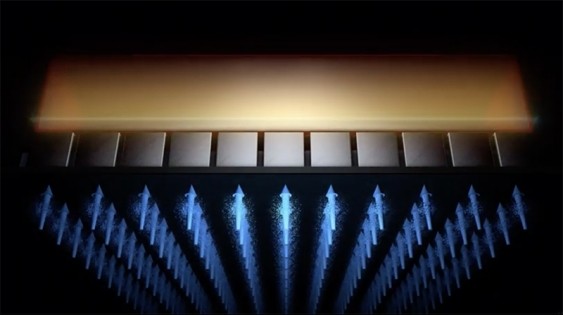Team Swaps On-Chip Wiring for Magnetic Control Fields

By Becky Bracken
Wire controllers are cumbersome and hot, so figuring out a way to control qubits without them has been a goal within the quantum computing community for decades.
Now a team from UNSW’s School of Electrical Engineering and Telecommunications has dusted off a concept dating back to the 1990s that swaps out wires on silicon chips with an electromagnetic field that is capable of controlling up to 4 million qubits simultaneously.
“First we removed the wire next to the qubits and then came up with a novel way to deliver microwave-frequency magnetic control fields across the entire system,” Dr. Jarryd Pla who worked on the new research said. “So in principle, we could deliver control fields to up to four million qubits.”
Pla and team used a prism called a dielectric resonator, which when microwaves are pointed in its direction, it concentrates the microwaves down to a smaller size.
“The dielectric resonator shrinks the wavelength down below one millimetre, so we now have a very efficient conversion of microwave power into the magnetic field that controls the spins of all the qubits.”
The technique doesn’t require much energy, so it stays cool. It also provides a consistent level of control across all qubits, which boosts stability.
Pla teamed up with fellow UNSW Profesor Andrew Dzurak who has spent the past 10 years building silicon qubits to test the idea.
“I was completely blown away when Jarryd came to me with his new idea,” Prof. Dzurak said, “and we immediately got down to work to see how we could integrate it with the qubit chips that my team has developed.”
The Professors, along with PhD students Ensar Vahapoglu and James Slack-Smith were able to pull of a successful experiment.
““We were overjoyed when the experiment proved successful,” Dzurak said. “This problem of how to control millions of qubits had been worrying me for a long time, since it was a major roadblock to building a full-scale quantum computer.”
Next, the researchers plan to streamline their design for wide use.
“While there are engineering challenges to resolve before processors with a million qubits can be made, we are excited by the fact that we now have a way to control them,” Dr Pla added.















